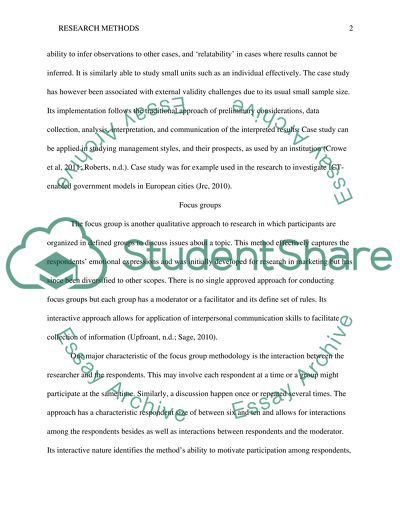Cite this document
(Comparing and Contrasting the Research Methods Assignment, n.d.)
Comparing and Contrasting the Research Methods Assignment. Retrieved from https://studentshare.org/science/1608492-compare-and-contrast-research-methods-case-study-with-other-five-methods
Comparing and Contrasting the Research Methods Assignment. Retrieved from https://studentshare.org/science/1608492-compare-and-contrast-research-methods-case-study-with-other-five-methods
(Comparing and Contrasting the Research Methods Assignment)
Comparing and Contrasting the Research Methods Assignment. https://studentshare.org/science/1608492-compare-and-contrast-research-methods-case-study-with-other-five-methods.
Comparing and Contrasting the Research Methods Assignment. https://studentshare.org/science/1608492-compare-and-contrast-research-methods-case-study-with-other-five-methods.
“Comparing and Contrasting the Research Methods Assignment”, n.d. https://studentshare.org/science/1608492-compare-and-contrast-research-methods-case-study-with-other-five-methods.


